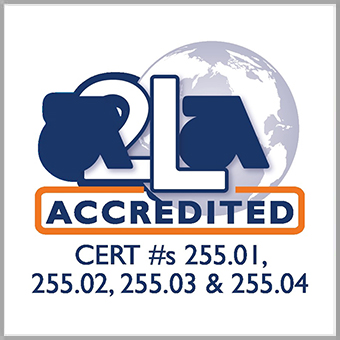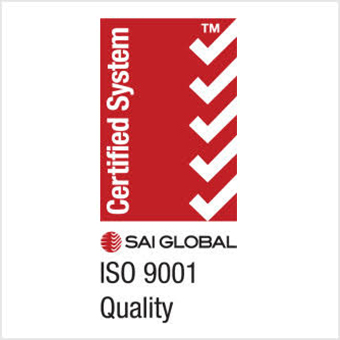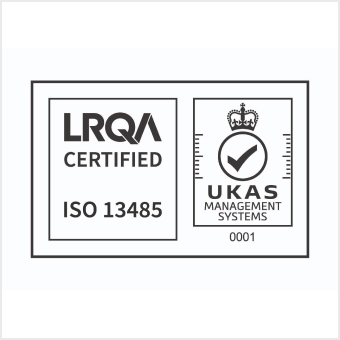Theory
The stress decay of polymer components under constant compressive strain is known as Compression Stress Relaxation. This test measures the sealing force exerted by a seal or O-ring under compression between two plates. It provides definitive information for the prediction of the service life of materials by measuring the sealing force decay of a sample as a function of time, temperature and environment.
Applications
- Automotive engine, under hood and other seals, fittings and couplings
- Thermoplastic and Thermoset molded rubber goods, gaskets and O-rings in sealing applications
- Hose and tube compounds exposed to severe environments
- Aerospace, nuclear, oil field, medical, marine and other sealing applications
Principle of Operation
The ARDL test apparatus used for Compression Stress Relaxation measurements is the Wykeham Farrance device. The device measures precisely the counterforce exerted by a specimen maintained at constant strain between two stainless steel plates inside the compression jig over a period of time.
The decay force is then plotted against time to generate the stress-relaxation curve. The instrument has a variety of jigs for accommodating test pieces or O-rings up to 100 mm OD.
Various service environments, liquids, gases or a mixture of the two can be introduced into the stainless steel compression jig and maintained during aging and testing. A typical cross-sectional view of the compression jig is shown below.
Benefits & Applications of the Test
- Aging under compression can be achieved in a wide variety of media
- More closely resembles end use applications than traditional Compression Set test
- Essential tool in problem diagnosis and failure analysis
- Valuable screening tool regarding new compounds for gaskets, seals and O-rings




